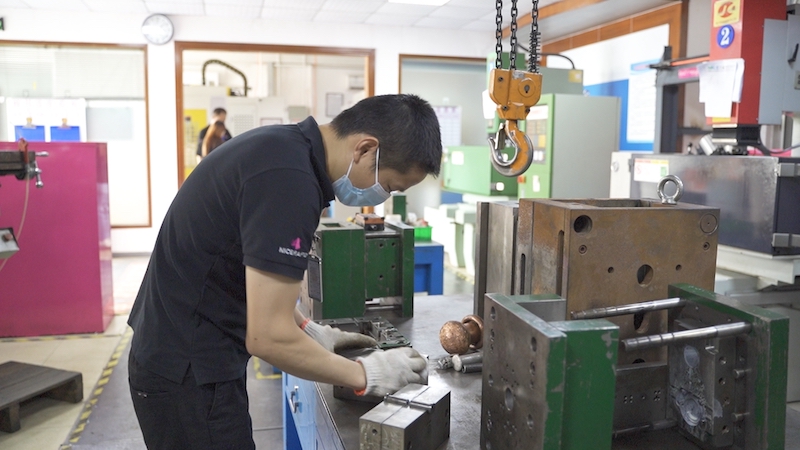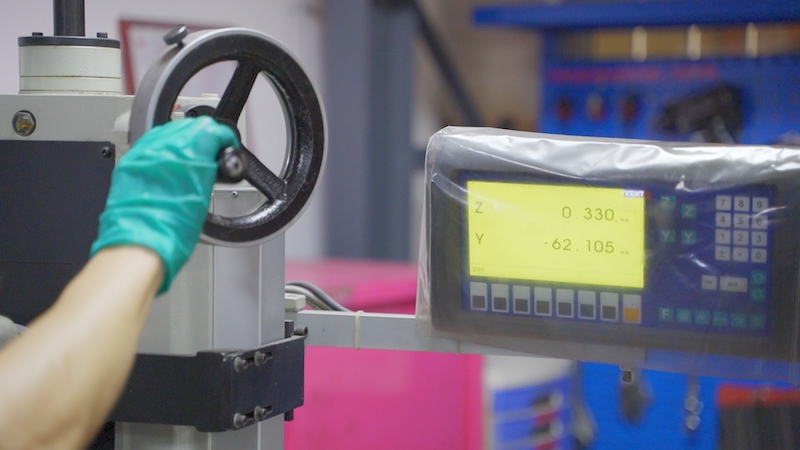DFM stands for design for manufacturing, which means that product design needs to meet the requirements of product manufacturing and have good manufacturability. Let the products be manufactured with the lowest cost, the shortest time, and the highest quality.

Here are three things you need to know about DFM.
1. Why is DFM important?
With the rapid development of science and technology, the structure of products is becoming more and more complex. The key to market competition is to reduce manufacturing costs and shorten product production cycles while ensuring product performance and quality requirements.
DFM needs to take manufacturability and testability into consideration when designing and developing products so that design and manufacturing can be closely linked to achieving a successful goal from design to manufacturing.
The traditional design always emphasizes the design speed but ignores the manufacturability of the product. To correct the manufacturing problems, it needs to be redesigned many times, and the prototype must be remade every time it is improved. As a result, the design cycle is long, the product launch cycle is delayed, and the cost is high. DFM can reduce these errors.
2. What aspects need to be considered in the DFM analysis process?
(1) Background information
① Define the content of the analysis.
② Understand the nature and positioning of products.
③ Understand the needs of customers.
④ Understand the past production data and DFM of the product.
(2) High-standard design
① Define the manufacturing process flow according to the relevant information in the drawings.
② Simplify the manufacturing process.
③ Optimize the combination on the master
(3) Detailed design
Use the DFM's checklist to perform item-by-item comparisons, and write the problem into the report.
(4) Assess the impact
Evaluate the cost and quality impact of the proposed DFM.
(5) Summarize suggestions and revise

3. What factors affect DFM?
(1)Manufacturing process
Costs can be reduced if machined parts are carefully designed to minimize setup times.
(2)Number of parts
Reduction in part count without sacrificing product quality leads to cost savings.
(3)Estimated Sales
Reduce part prices by amortizing tooling costs over the product lifecycle.
(4)Complete the requirements
The surface treatment of the part can also affect the manufacturing design.
(5)Required Tolerance
Part tolerances can affect not only pricing but also product assembly and functionality.
(6)Material selection
Material selection determines not only raw material cost but also processing time.
(7)Assembly process
The simpler a product is to assemble, the more cost-effective it is.
Feel free to contact Nice Rapid, we are ready for providing you with professional customized services.


